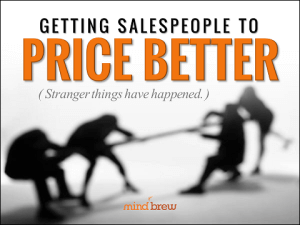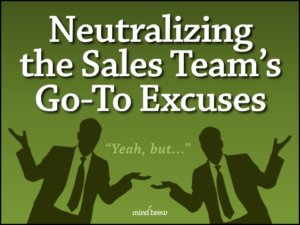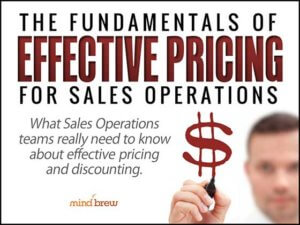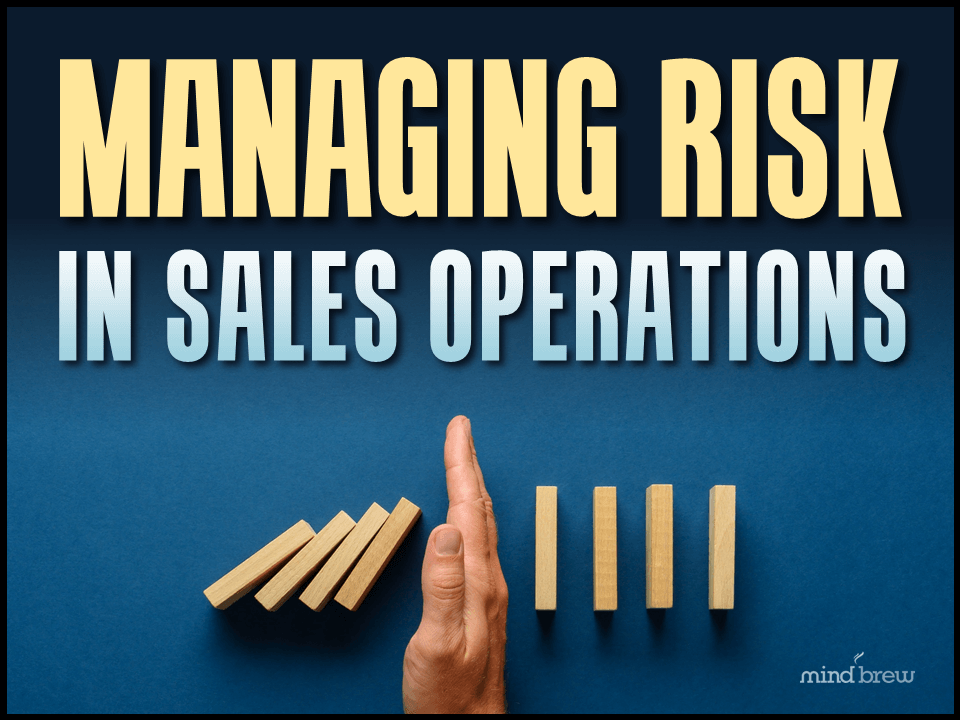Does this scenario sound familiar?
A salesperson is in conversation with a customer who’s about to finalize a $10,000 purchase. The customer says, “How about a 5% discount for being so loyal over the years?” Quickly calculating, the rep thinks, It’s only $500—how could it possibly impact our company’s bottom line significantly? Plus, my commission barely takes a hit.
“Absolutely,” they reply enthusiastically. “We appreciate your business, and it’s the least we can do.”
But what the salesperson isn’t considering—and what you can see so clearly—is the broader impact of that seemingly small discount. If your profit margin on that sale was 20% ($2,000), a $500 discount has just cut your profit by 25%. Tight margins can quickly become even tighter.
Afterwards, the sales operations team is frustrated. How could the sales rep give in so easily and undercut our profitability?
And the salesperson thinks Sales Ops is out of touch. It was just $500 for a company that makes millions. And after all, wasn’t it better to close the deal than to let it slip away?
Solving the over-discounting problem
One key reason over-discounting happens is because sales reps often don’t fully grasp how discounts affect net profitability. While Sales Ops teams are positioned to see the bigger picture, sales reps often don’t spend that much time thinking about profit margins and long-term customer value. They might never have gone through that math.
One way to fix this issue is to take the team through the math step by step. Show them the impact that a 1% impact can have on profitability, and use some real-life examples to help the lesson hit home. And to reinforce the lesson, make sure your compensation strategy takes profitability into account.
Aligning your compensation and performance metrics to reward profitability—not just top-line revenue—can also significantly change sales rep behavior. Make sure your incentive plans clearly illustrate how smarter discounting directly boosts their earnings.
In our webinar, Getting Salespeople to Price Better, we look at the motivations and psychology that’s often at work with salespeople. We also reveal some surprising short- and long-term techniques that you can use to get your sales teams engaged and on-board.
And it’s likely that you’ll encounter pushback or common justifications from the sales team. Neutralizing the Sales Team’s Go-To Excuses dives deeper into how to handle these situations professionally and diplomatically.
We also have an incredibly helpful webinar, The Fundamentals of Effective Pricing for Sales Operations to help Sales Ops teams brush up on the fundamentals of pricing so you can be well-equipped with the knowledge and skills to handle questions and pushback from the sales team (and help the company maximize margins). to
Remember: your sales team isn’t deliberately sabotaging margins—they simply have different immediate priorities. By helping them understand the broader financial picture, you make it easier for them to align their goals with company profitability.
Sales reps are already doing a lot of mental math when they are calculating their potential commissions on sales. You just need them to do one more calculation where they figure out the true impact of a discount on margins. While this might be a common problem, it’s completely solvable. And those webinars can help you reduce the prevalence of discounts in your organization.














